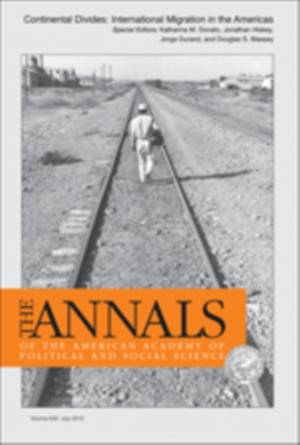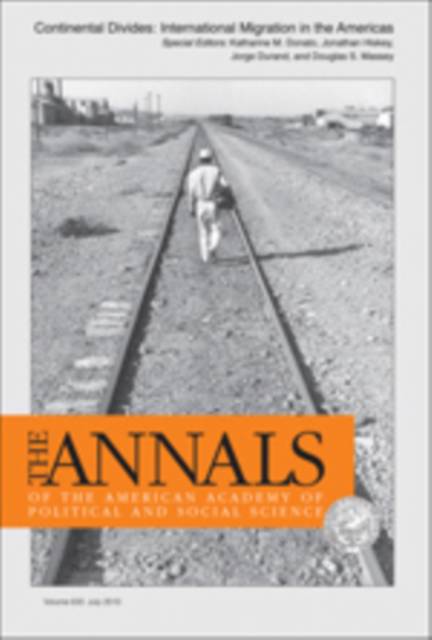
- Afhalen na 1 uur in een winkel met voorraad
- Gratis thuislevering in België vanaf € 30
- Ruim aanbod met 7 miljoen producten
- Afhalen na 1 uur in een winkel met voorraad
- Gratis thuislevering in België vanaf € 30
- Ruim aanbod met 7 miljoen producten
Continental Divides: International Migration in the Americas
Omschrijving
Since Mexico-U.S. migration represents the largest sustained migratory flow between two nations worldwide, much of the theoretical and empirical work on migration has focused on this single case. In the last few decades, however, migration has emerged as a critical issue across all nations in Latin America and the Caribbean, with the region seeing its position changed from a net migrant-receiving region to one that now stands as one of the foremost sending areas of the world.
In this latest volume of the ANNALS, leading migration scholars seek to redress the imbalance offered when only studying a single case with the first systematic assessment of Latin American migration patterns using ongoing research on the Mexican case as a basis for comparison. Each chapter examines specific propositions or findings derived from the Mexican case that have not yet been tested for other Latin American or Caribbean nations. Using a common framework of data, methods, and theories, they offer a new perspective on the causes and consequences of migration in the Western Hemisphere.
Specificaties
Betrokkenen
- Uitgeverij:
Inhoud
- Aantal bladzijden:
- 324
- Taal:
- Engels
- Reeks:
- Reeksnummer:
- nr. 630
Eigenschappen
- Productcode (EAN):
- 9781412991872
- Verschijningsdatum:
- 10/08/2010
- Uitvoering:
- Paperback
- Formaat:
- Trade paperback (VS)
- Afmetingen:
- 162 mm x 233 mm
- Gewicht:
- 462 g

Alleen bij Standaard Boekhandel
Beoordelingen
We publiceren alleen reviews die voldoen aan de voorwaarden voor reviews. Bekijk onze voorwaarden voor reviews.










